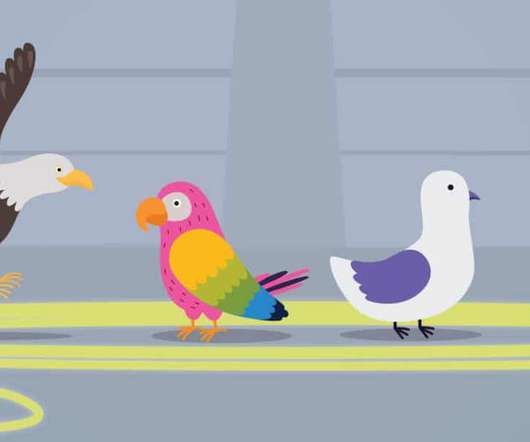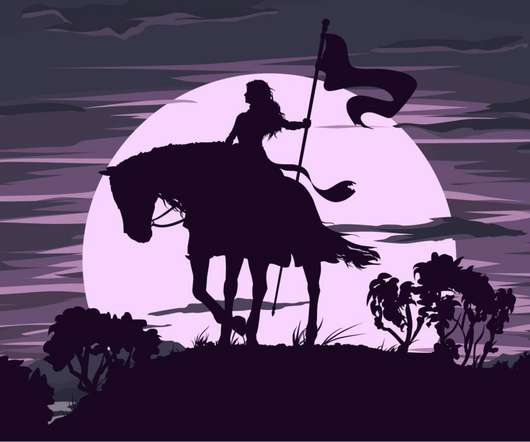Online Video: the Perfect Social Learning Tool? | Social Learning Blog
Dashe & Thomson
JANUARY 27, 2011
Because video is, apparently, a perfect manifestation of social learning theory. less big companies, for more than 20 years. My learning philosophy: dont make people tote around loads of information in their heads just so you can say you trained them. A, attention, R, relevance, C, confidence and S, Satisfaction. Properly d.

















































Let's personalize your content